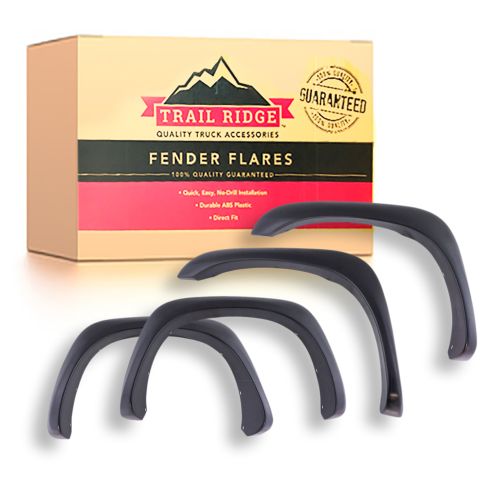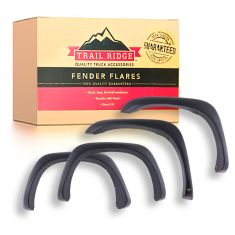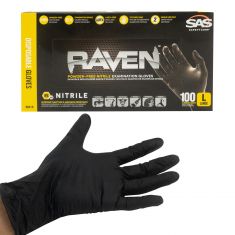1ABFK00050-Dodge Ram 1500 2500 3500 4 Piece Fender Flare Kit Trail Ridge TF10136

Replaces
2002 Dodge Ram 1500 Truck 4 Piece Fender Flare Kit Trail Ridge TF10136

Frequently bought together
Product Reviews
Loading reviews
5.00/ 5.0
1
1review
Fender flares
August 8, 2017
Exact fit, great video very very pleased. I always wish the price could be lower but all in all I am satisfied. I provided my own hardware I had beefier screws.
Customer Q&A
Have mud flaps on my Dodge Ram 1500 can I still use fender flares on it?
January 8, 2017
10
Robert,
I had to remove my factory mud flaps to install the fender flares since the fender flares use the existing factory holes the mud flaps use. Hope this helps.
January 8, 2017
Mike B
10
Hello Robert. If you wish to install these fender flares you will have to sacrifice the mudflaps, unfortunately. This is due to the flares using the existing mounting holes of the mudflaps.
January 9, 2017
Tim K
Looking for fender flares to cover the rust on the wheel opening on the bed. Dodge is well known for that problem. Measuring the rust areas it is about 4 inches from the wheel opening. Will theses fender flares cover that much?
April 7, 2019
10
The width of the part should be about 4 inches.
April 8, 2019
Emma F
what's the difference between extension style and pocket style?
September 15, 2021
10
The extension style flares do not have rivets showing. The pocket style flares do show the rivets.
September 16, 2021
M N
Dodge is a registered trademark of FCA US LLC. 1A Auto is not affiliated with or sponsored by Dodge or FCA US LLC.
See all trademarks.












